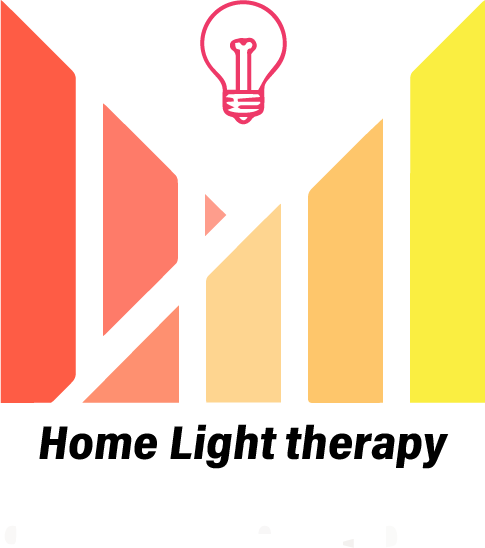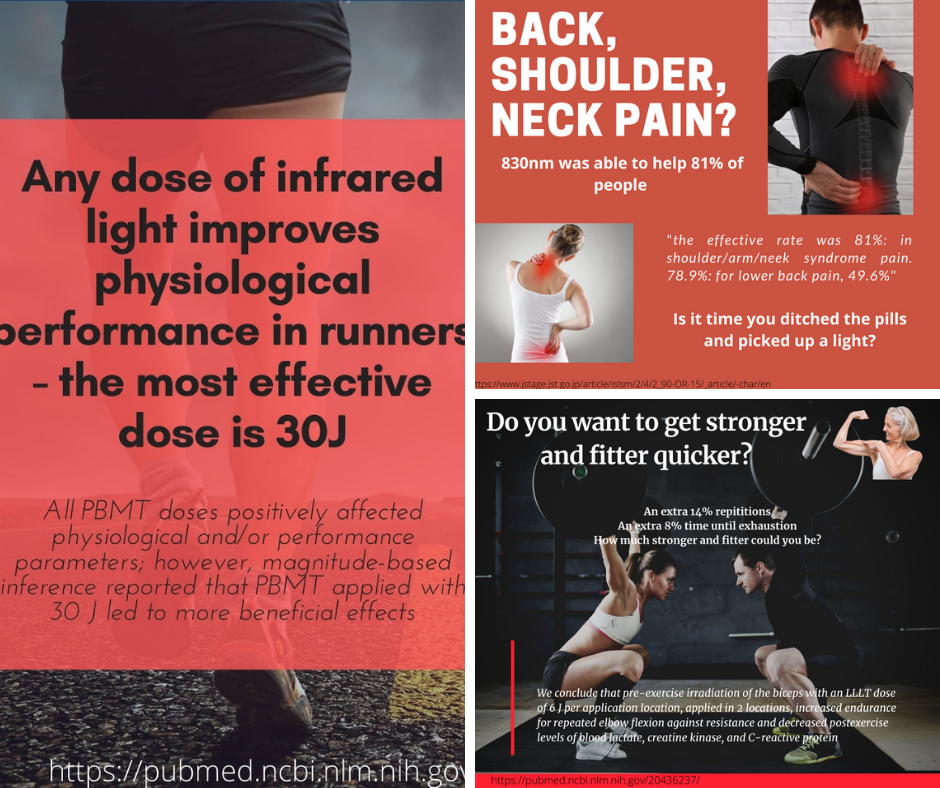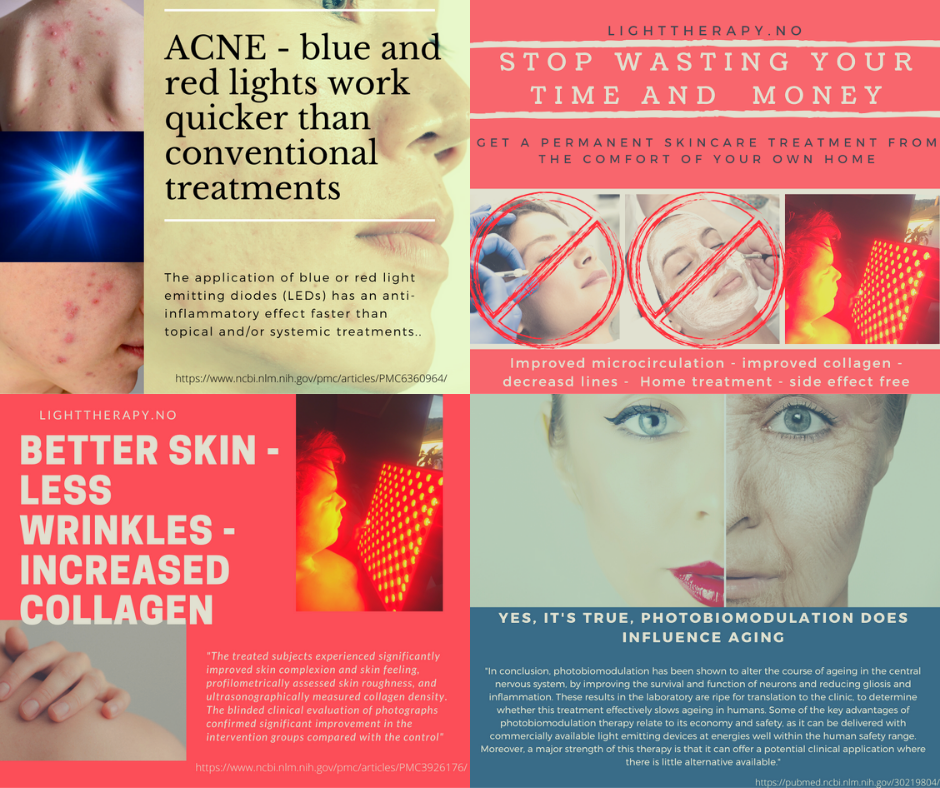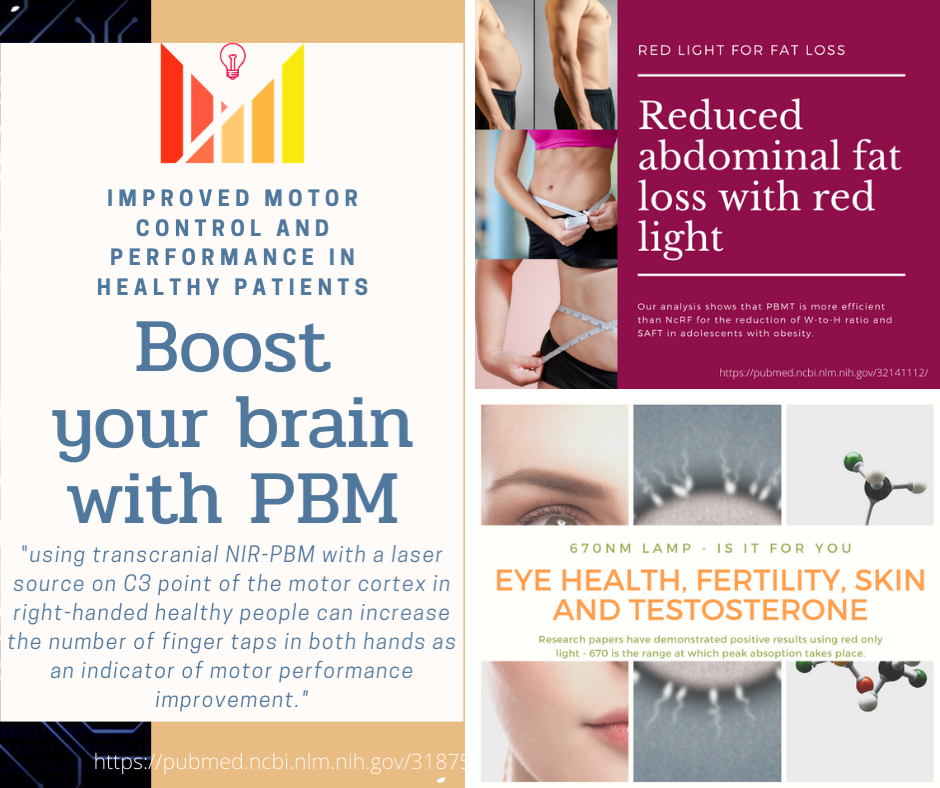Dominic Lamb was super helpful finding the right product for me, he was professional & he knows his field. The shipment came shortly after I ordered it & the product is super. It is still early, but I already feel like I see some changes in my skin. My skin seems more fresh and pigmentations are less visible. Also the mask is easy and comfortable to use. I give Dominic Lamb my warmest recommendations.
Er svært fornøyd med produkt og pris, og kundeservice har vært utmerket både før og etter leveransen.
I bought the micro handheld and have tried it for some weeks now, it's working fine for me and i like the feeling afterwards like i've been recharged from the light. The size is also okay for me as i don't need a bigger one right now. I also appreciate the personal advices i got as it was helpful as i'm new to red light therapy! :)
Hvis du vurderer å investere i et red light therapy-produkt så vil jeg på det varmeste anbefale å kjøpe fra Home Light therapy. Du kan være sikker på at du kjøper noe av beste kvalitet.
Da jeg første gang henvendte meg til eier av butikken, fikk jeg svar på alt jeg lurte på, han undersøkte med produsenten av matten om den hadde de egenskapene jeg kunne trenge, og bestilte den inn til nettbutikken for meg, da den på daværende tidspunkt ikke var en del av sortimentet.
I etterkant av kjøpet har jeg fått masse informasjon om bruk, og svar på alt jeg måtte lure på. Kundeservice av ypperste klasse.
Matten har gitt meg kortere restitusjonstid etter styrketrening og avgir en deilig varme og lys. Den har blitt en daglig rutine jeg setter stor pris på!
Each item I purchased is great quality! Highly recommended to purchase from Dominic at Home Light Therapy. Also the customer service and knowledge about their products are 10/10










